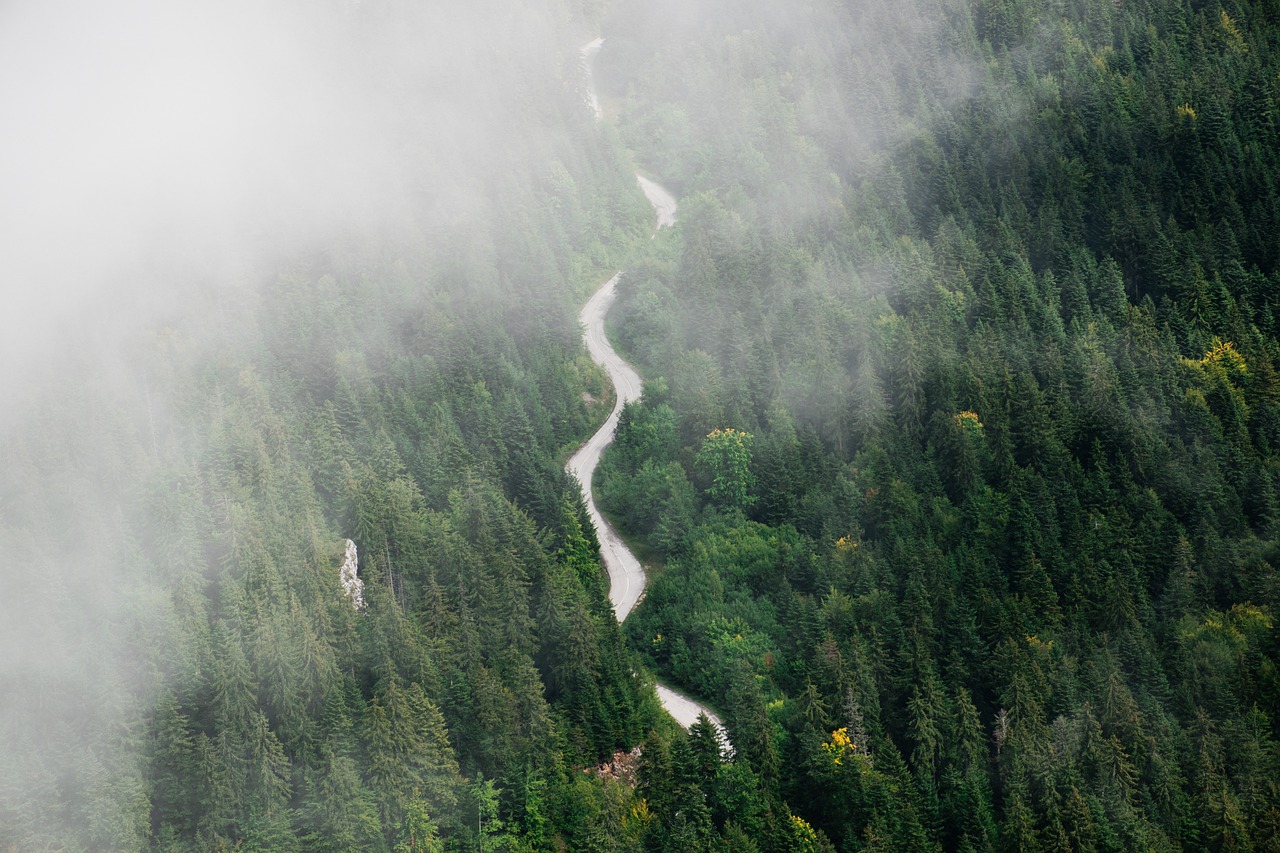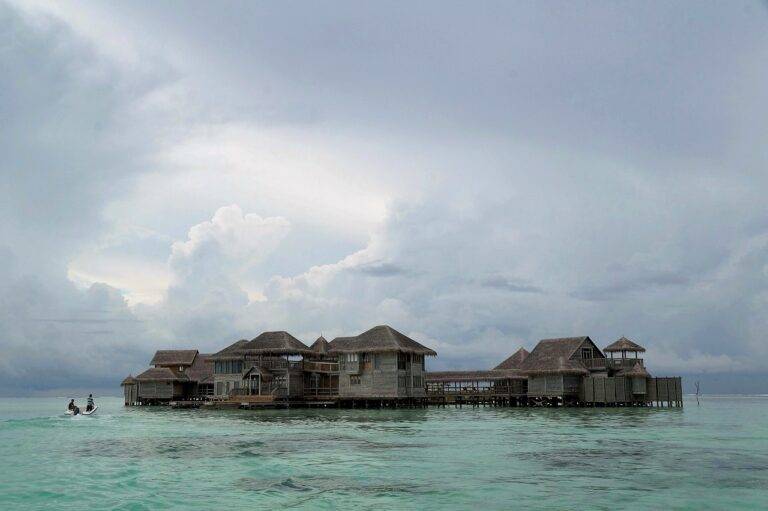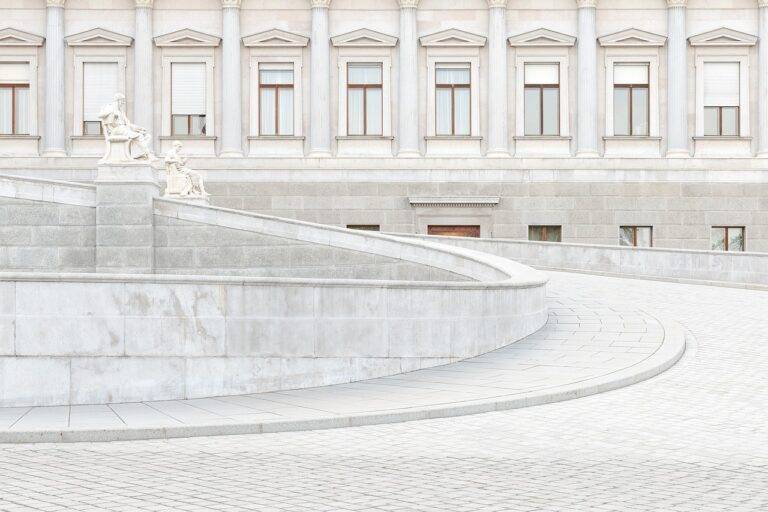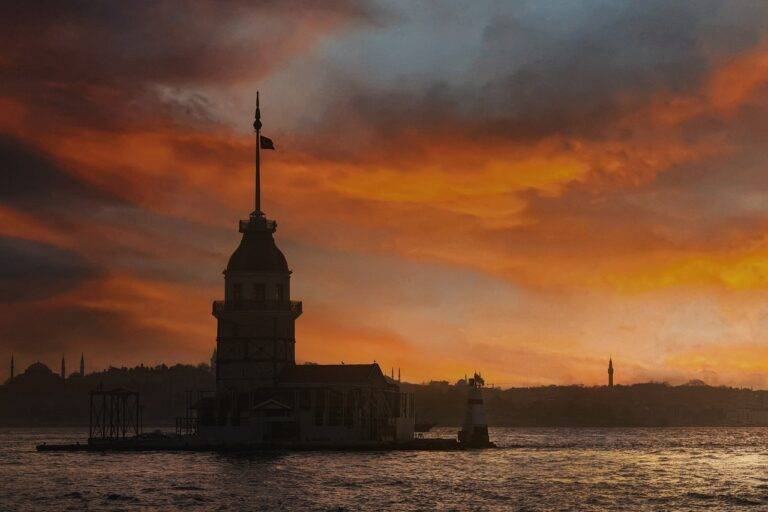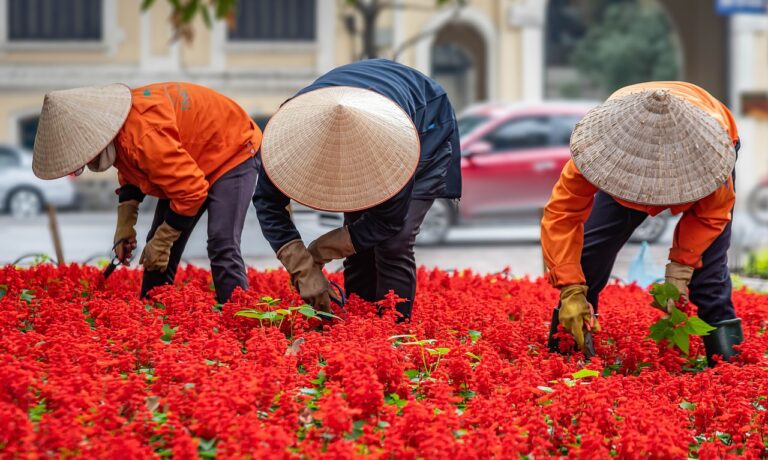Adventure Travel Photography: Capturing the Beauty of the Great Outdoors
Adventure travel photography offers the unique opportunity to document breathtaking landscapes and captivating moments in remote locations. However, to truly capture these experiences, adequate preparation is key. Before embarking on any adventure, it is essential to research the destination thoroughly, familiarize oneself with the local culture, and understand the environmental conditions that may impact photography.
Moreover, packing the right equipment is crucial for successful adventure travel photography. Lightweight and durable camera gear is essential, as it must withstand the rigors of travel and outdoor conditions. It is important to pack essentials such as extra batteries, memory cards, and protective cases to ensure a smooth shooting process on the go. By preparing diligently and equipping oneself with the necessary tools, adventure travelers can enhance their photography skills and create stunning visual narratives of their journeys.
Choosing the Right Camera Gear for Outdoor Photography
Selecting the appropriate camera gear is crucial when engaging in outdoor photography. One of the most important factors to consider is the type of camera body that best suits your needs. For outdoor photography, a weather-sealed camera body is recommended to protect against the elements and ensure durability in various environments. Additionally, opt for a camera with a high resolution sensor to capture intricate details in landscapes.
In addition to the camera body, choosing the right lenses is essential for outdoor photography. Wide-angle lenses are ideal for capturing expansive landscapes and scenic views, while telephoto lenses are great for bringing distant subjects closer. Prime lenses are preferred for their sharpness and wide aperture, allowing for creative depth of field effects in outdoor shots. Consider investing in high-quality lenses that are compatible with your camera body to elevate the quality of your outdoor photography.
Tips for Capturing Stunning Landscapes and Scenery
When capturing stunning landscapes and scenery, it is essential to pay attention to the lighting conditions. Timing plays a crucial role in outdoor photography, with the golden hours shortly after sunrise and before sunset offering soft, warm light that enhances the beauty of the landscape. Experimenting with different angles and perspectives can also provide unique and visually appealing shots. By moving around the scene and trying out various compositions, you can add depth and interest to your photographs, creating captivating images that draw the viewer in.
Another important tip for capturing breathtaking landscapes is to consider the foreground elements in your composition. Including a foreground element such as rocks, trees, or a body of water can help create a sense of depth and provide context to the scene. By carefully selecting and positioning these elements in your frame, you can lead the viewer’s eye through the image and create a more engaging photograph. Additionally, paying attention to the rule of thirds can help you achieve a balanced and visually pleasing composition, guiding the viewer’s gaze across the scene in a natural and appealing way.
How can I improve my landscape photography skills?
Practice regularly, study composition techniques, and pay attention to lighting and weather conditions.
What camera settings should I use for capturing landscapes?
Use a small aperture for a large depth of field, a low ISO for minimal noise, and a slower shutter speed to capture movement in the scene.
How can I make my landscapes more interesting?
Look for unique perspectives, incorporate leading lines, and experiment with different focal lengths to create depth in your images.
What time of day is best for photographing landscapes?
The golden hours of sunrise and sunset typically provide the best lighting for capturing stunning landscapes.
Should I use a tripod for landscape photography?
Using a tripod can help ensure sharp images, especially in low light or when using longer exposure times.

